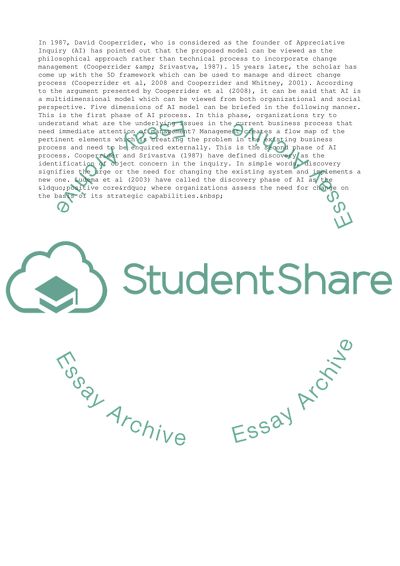Cite this document
(“Organisational Change Management: 5D Analysis of D2 Company Essay - 2”, n.d.)
Organisational Change Management: 5D Analysis of D2 Company Essay - 2. Retrieved from https://studentshare.org/business/1477632-organisational-change-management
Organisational Change Management: 5D Analysis of D2 Company Essay - 2. Retrieved from https://studentshare.org/business/1477632-organisational-change-management
(Organisational Change Management: 5D Analysis of D2 Company Essay - 2)
Organisational Change Management: 5D Analysis of D2 Company Essay - 2. https://studentshare.org/business/1477632-organisational-change-management.
Organisational Change Management: 5D Analysis of D2 Company Essay - 2. https://studentshare.org/business/1477632-organisational-change-management.
“Organisational Change Management: 5D Analysis of D2 Company Essay - 2”, n.d. https://studentshare.org/business/1477632-organisational-change-management.


